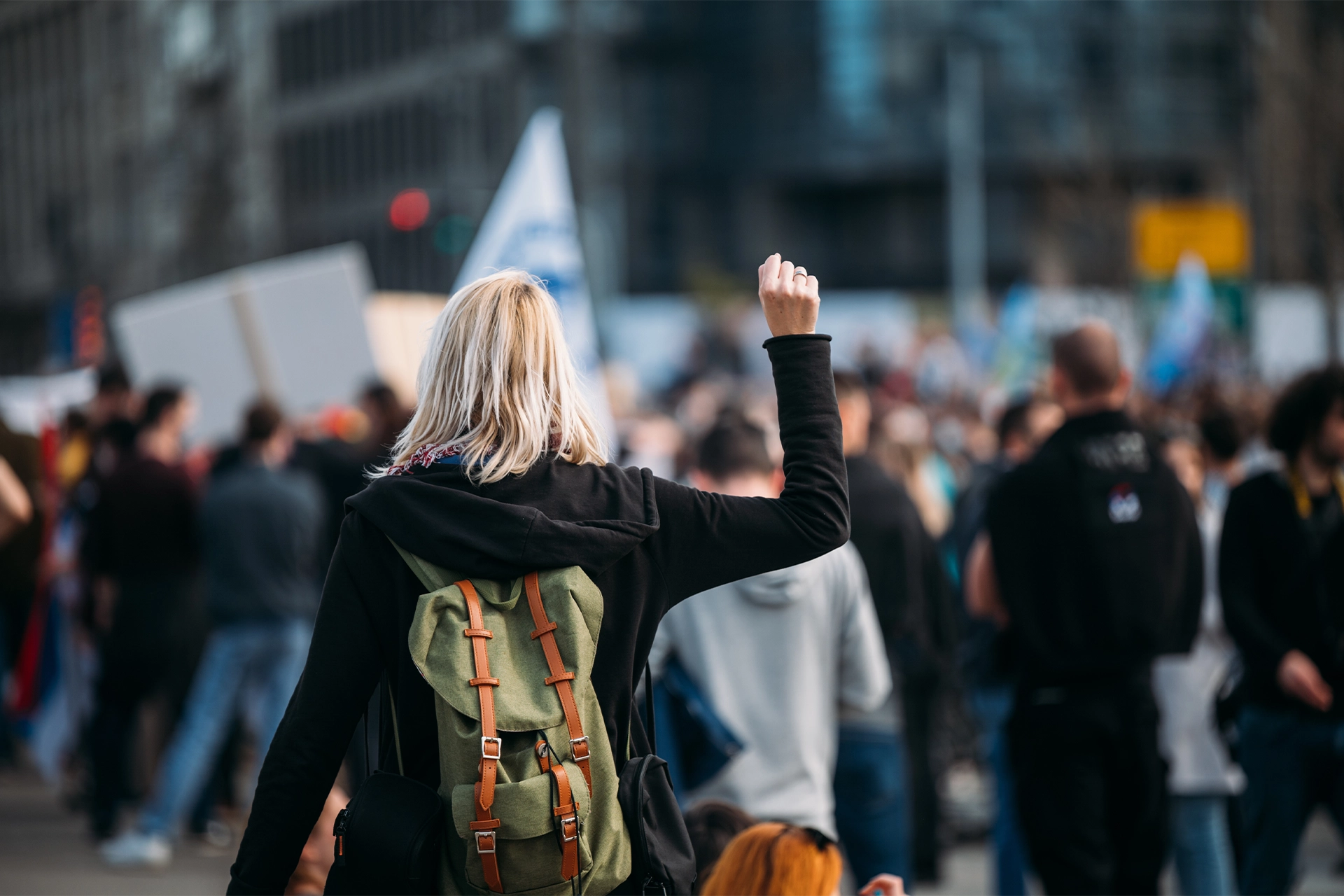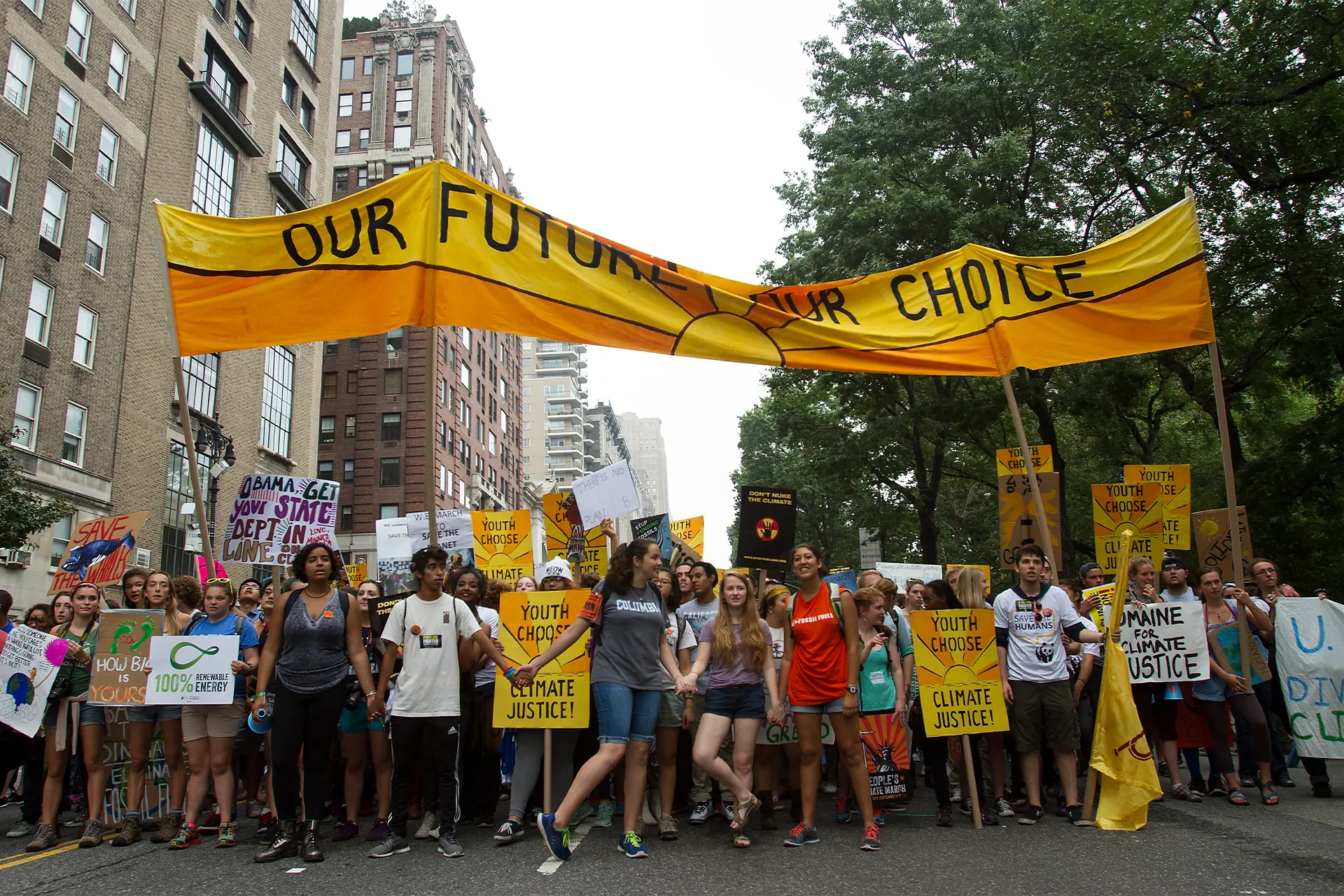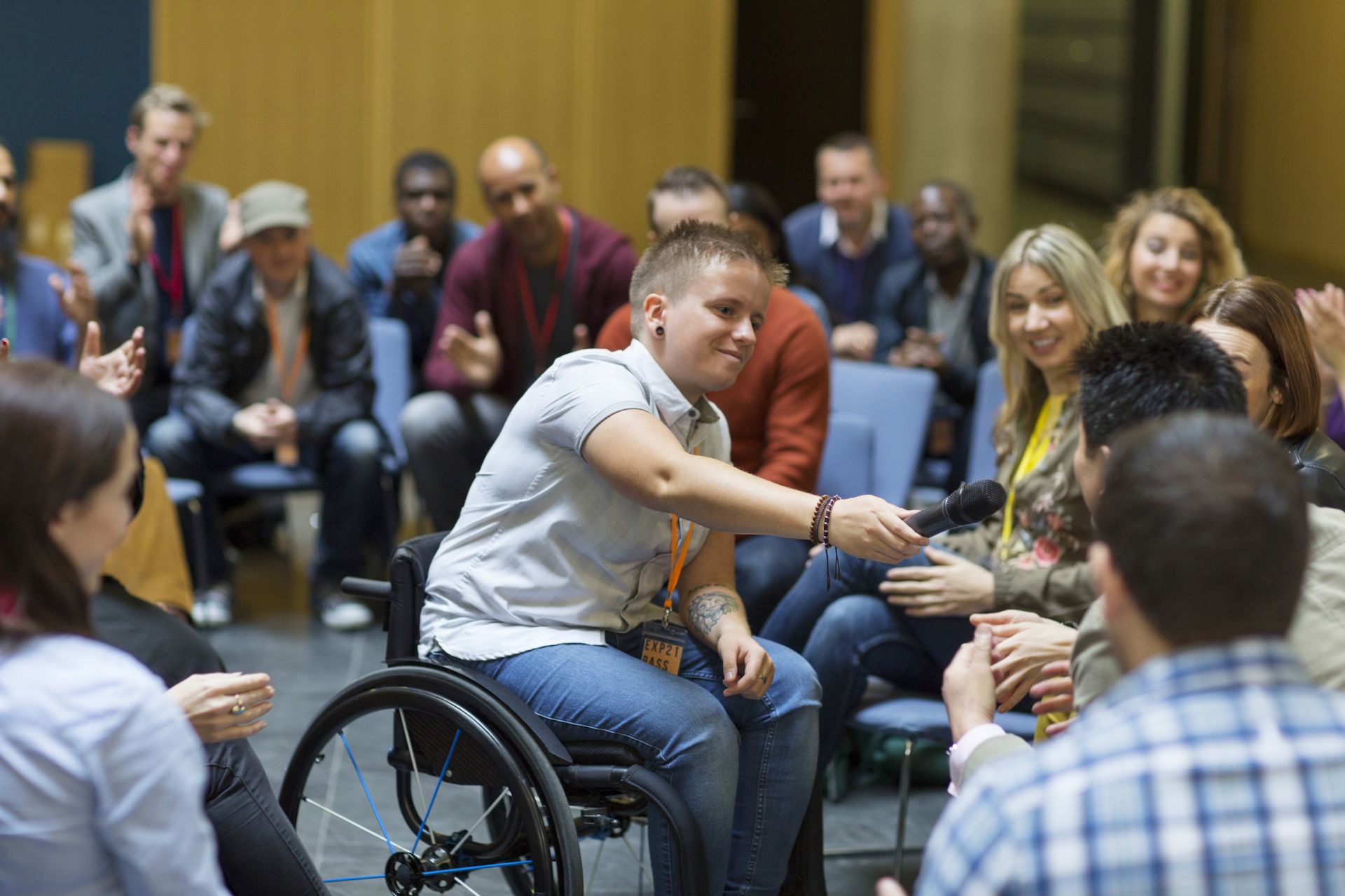
Young people need a say in how we deal with the health impacts of climate change

Youth participation in climate organisations is common, but the hierarchy in healthcare means they are often excluded from discussions about climate and health
Published 18 November 2024
In recent decades, we’ve seen the profound impact of climate change on human health.
Bushfires, floods, hurricanes and other natural disasters are becoming more intense over time. And there are the less obvious climate impacts like the emergence of never-before-seen diseases.

These events serve as constant reminders of the climate emergency, and each reminder causes anxiety and a feeling of hopelessness.
Young people manage this ‘climate anxiety’ and other forms of climate distress in many ways. Often, they manage to channel their feelings into positive action to look after themselves, each other and the planet.
Our team call this their ‘Climate Superpowers’.
One of the issues for young people is that they are not the decision makers when it comes to climate mitigation and adaptation. These decisions are mostly driven by adults – working professionals from different disciplines and with a variety of motivations.
The lack of youth involvement in these decision-making processes often means that important perspectives are missing.
While they often lack technical expertise, young people have valuable insights from their experiences navigating the climate crisis within their communities.

And as recipients of the future climate, they have a right to participate in climate change policies and decisions.
Many climate focused organisations have no young people involved at all, and in others, young people have only very limited decision making capacity.
But in recent years, there has been a rise in climate action organisations or groups that place young people in meaningful positions of influence. Some are led completely by young people, like the Australian Youth Climate Coalition and Seed Mob.
We need to see a similar change in the health sector’s approach to young people. After all, issues like climate anxiety can’t be addressed by climate-focused organisations alone – the health sector has a core role to play.
And the way it plays this role will be fundamentally shaped by how young people are involved in decisions that affect them.

Health and climate go hand in hand
The increasing health impacts from climate change has seen a proliferation of researchers, practitioners, advocates and organisations working at the intersection of health and climate.
Climate change and health are complex and systemic issues that require a collaborative, society-wide approach to effectively address them.
But the approaches and mindsets of both sectors differ significantly. While young people (and other ‘consumers’ and community representatives) have been involved in climate dialogue for a long time, it's a new way of working for the health sector.
Even paediatric research has typically sought the participation of a patient’s family or caregiver rather than the young patient themselves.
So, it is not surprising that children and young people are largely excluded from participating in health organisations working in areas impacted by climate change.

Environment
Crunch time at COP 29 requires a new deal
Combating climate anxiety by empowering climate action
Climate anxiety is one of the most prevalent impacts the changing climate has on young people.
It is predicted that more young people will experience climate anxiety as the climate worsens, and as their awareness of the climate increases.
As children and young people are likely the most impacted, they deserve a seat at the table. However, what this seat represents and how the seat is positioned at the table, matters.
More research is needed to understand optimal and effective practices. Current evidence on meaningful participation shows four critical factors are needed:
Space: providing young people safe and inclusive opportunities to form and express their views.
Voice: facilitating the expression of young people’s views.
Audience: genuinely listening to those views.
Influence: these views must be acted upon, as appropriate.
However, facilitating this ‘seat at the table’ for young people is not easy in the health sector, a sector known for its hierarchical structure.

The rise of ‘co-design’ in health
There is hope though, with existing movements pushing for consumer and community involvement in health research.
These include the rise of ‘co-design’ and participatory approaches to healthcare, and the recent Royal Commission into Victoria’s Mental Health System that recommended placing people with lived and living experience in patient-facing roles.
Consumer and community advisory groups are a valuable start. Even so, the influence these groups or committees are allowed to have is important.
Some progressive organisations in Australia, such as cohealth and Orygen are doing it right – offering employment opportunities to these community representatives to ingrain this representation within the organisation.

Politics & Society
Australia must include people with cognitive disability in politics
It wouldn’t be appropriate for all climate and health organisations to be entirely youth-led – different goals and missions require different structures of youth representation.
Nevertheless, how youth engagement is practiced remains equally important: opportunity and encouragement of youth participation, and active consideration and action on their views.
This requires priming the health workforce for the involvement of a relatively lay audience in decision-making, adjusting governance structures and providing necessary supports for the young people involved.
Only then can we truly harness young people’s climate superpowers.



